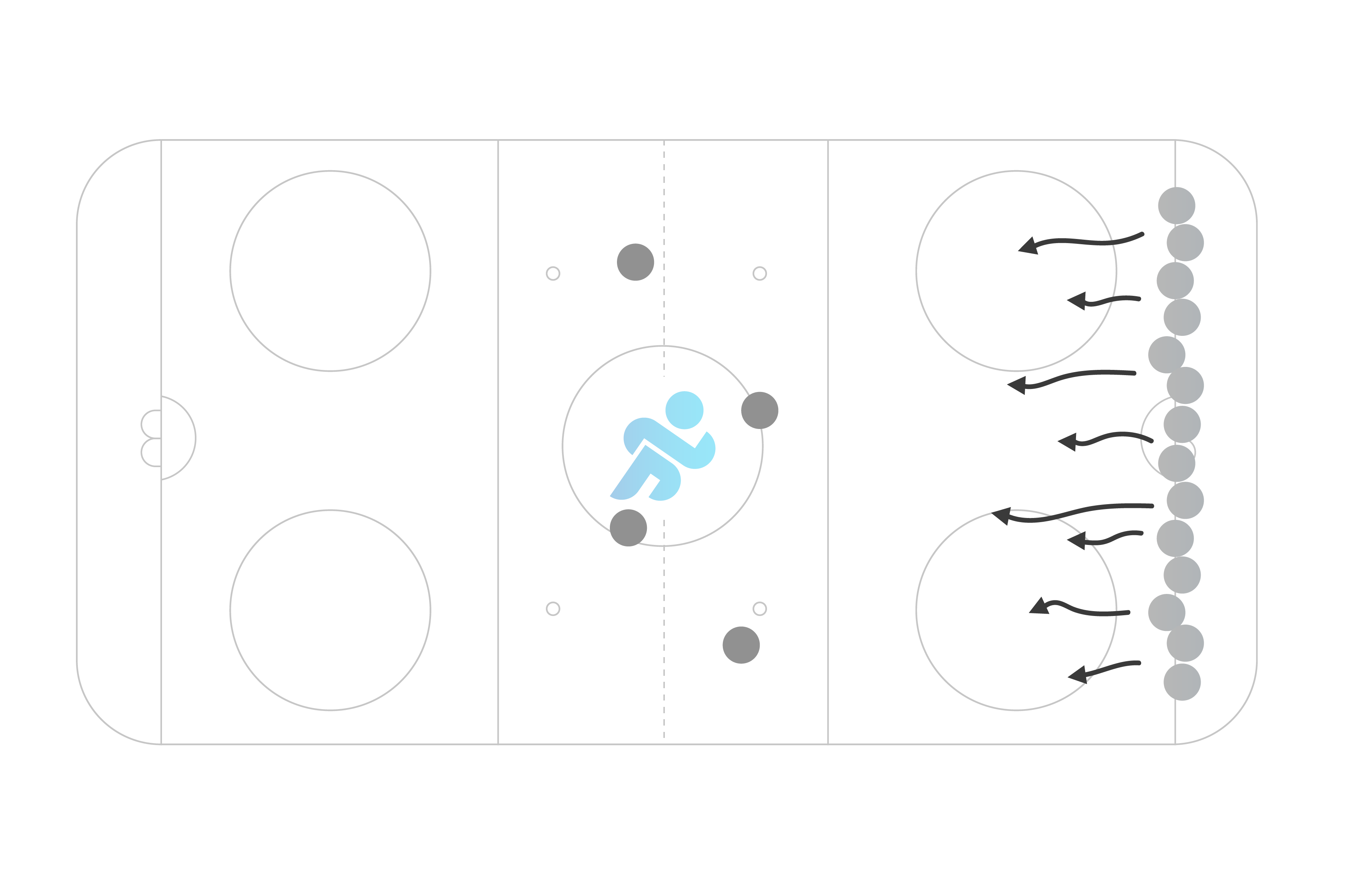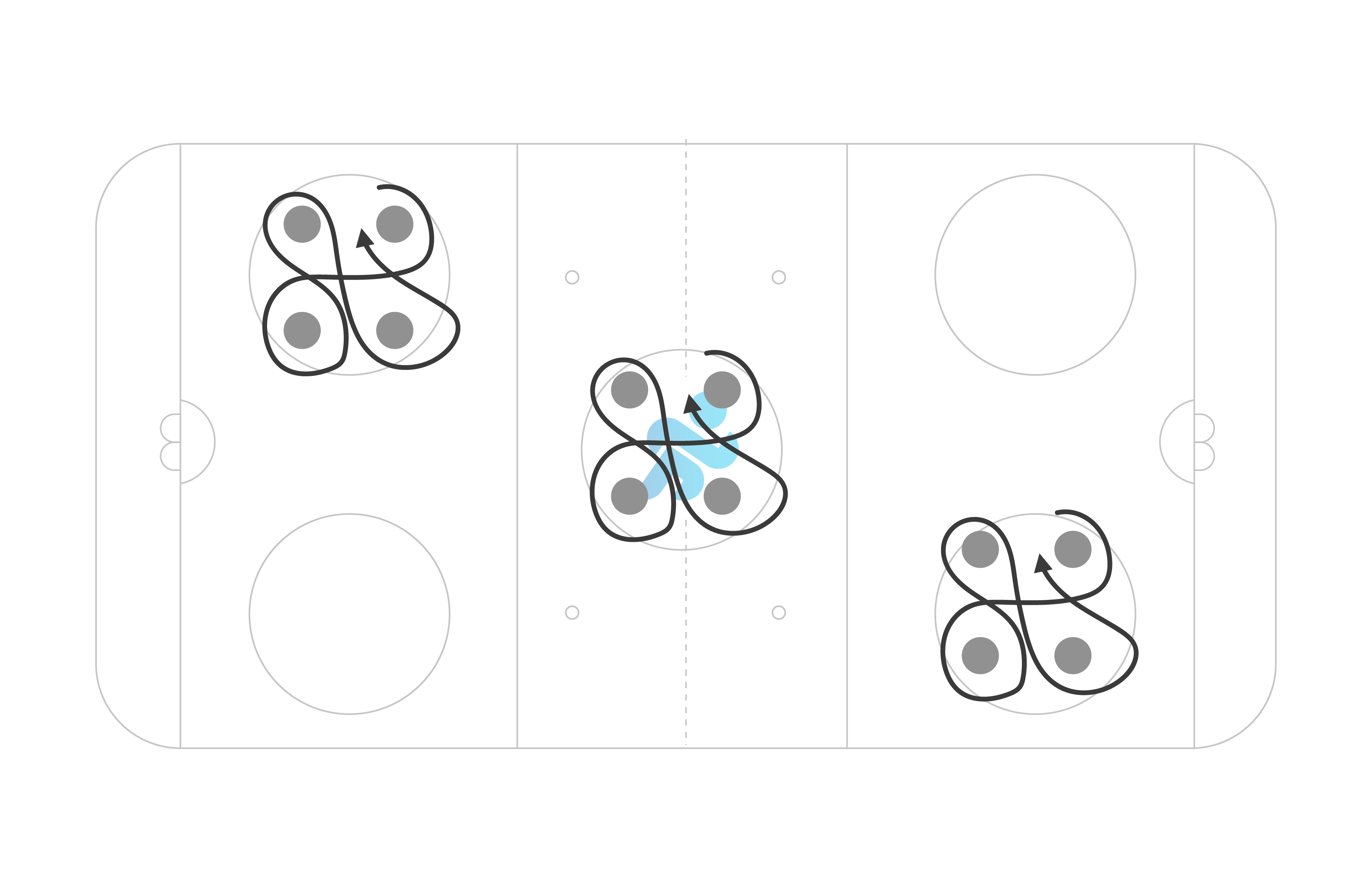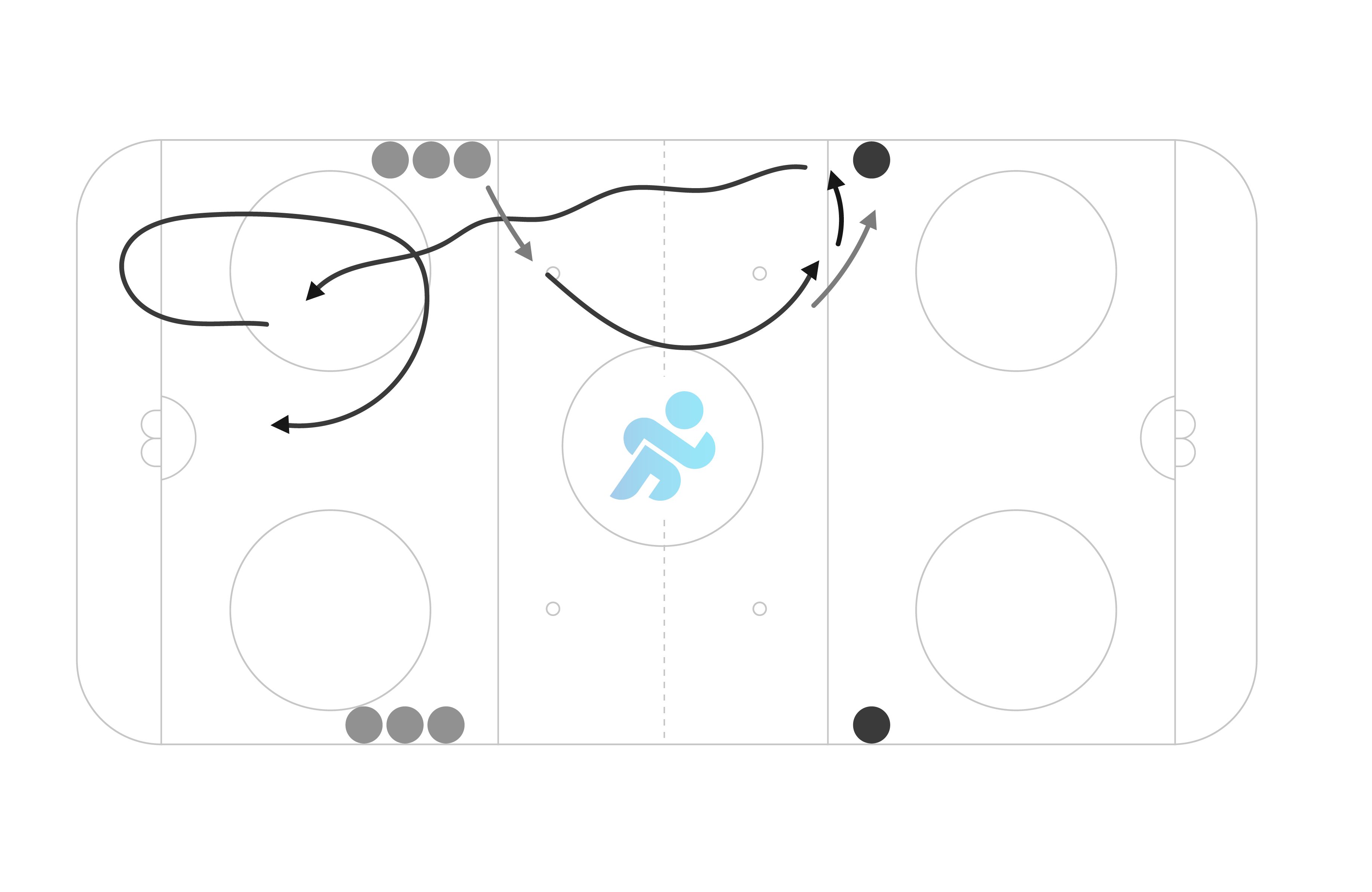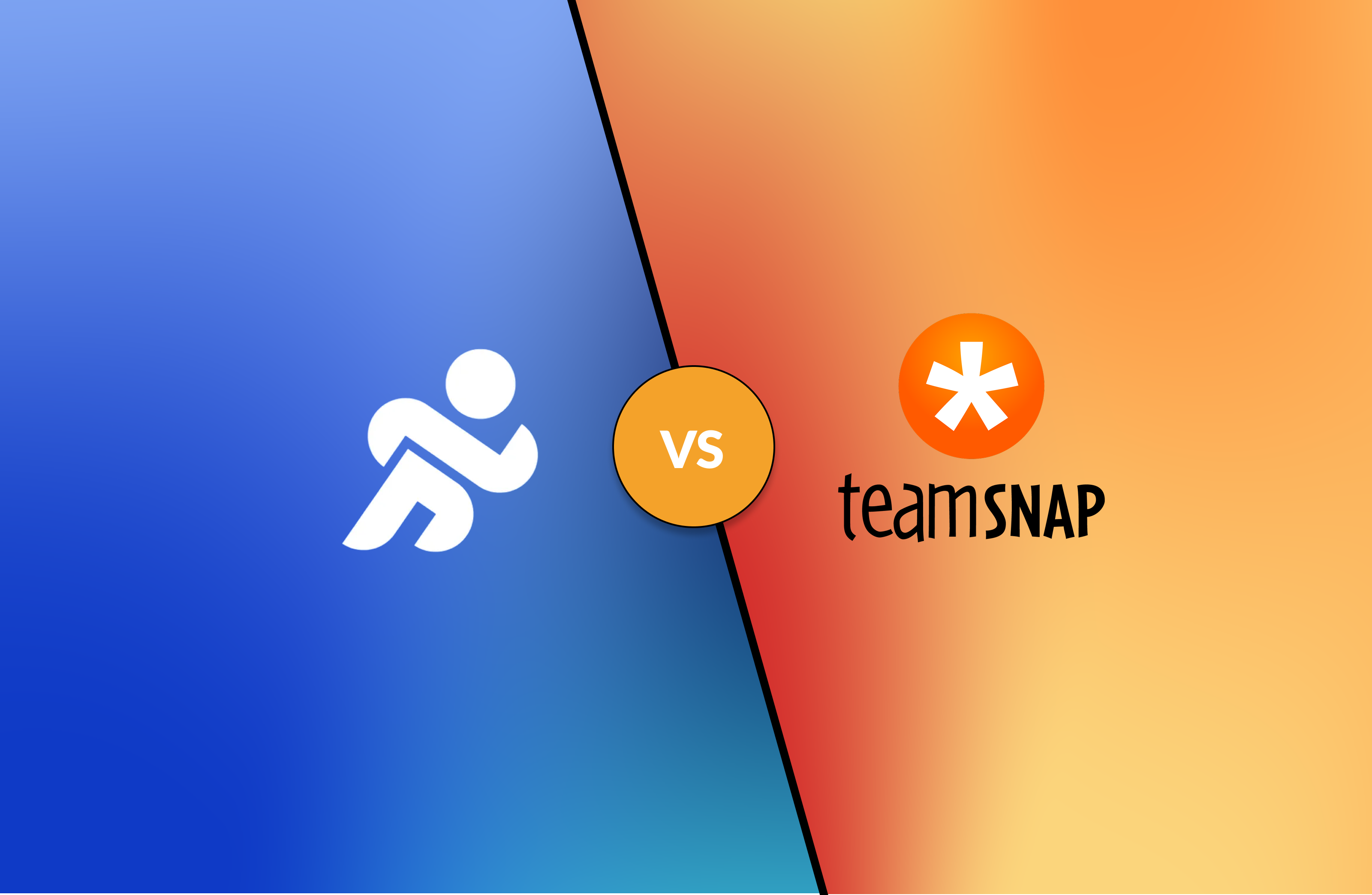Field hockey practice: tips to help you!
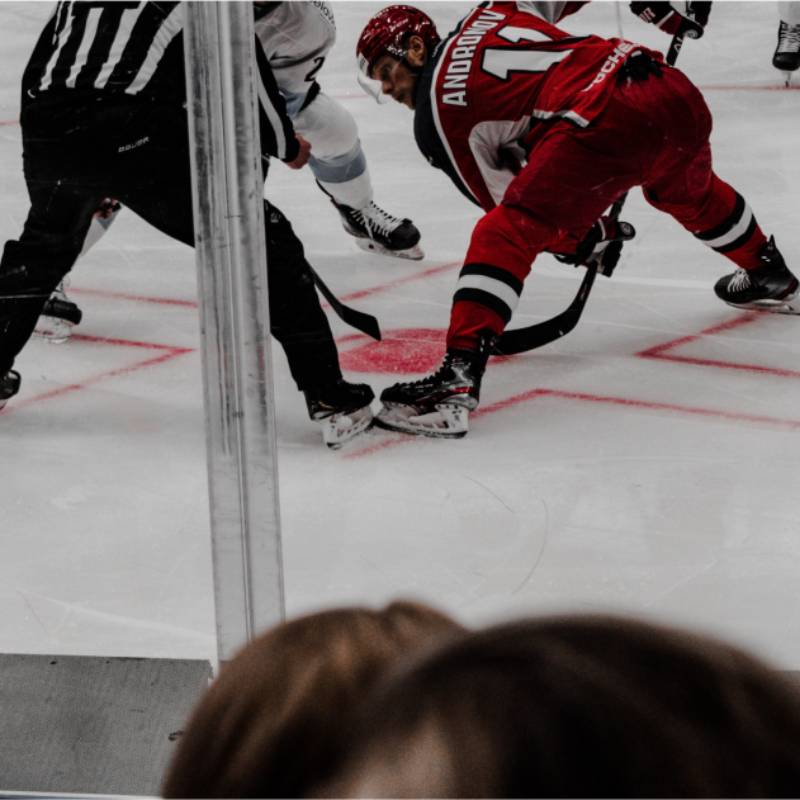
Does preparing for field hockey practice always seem to take you forever?
Don’t know what to do about it?
Once again, MonClubSportif is here to help.👊
To facilitate your preparation, it’s essential to have a plan with clear, precise objectives right from the start of the season.
It’s not necessary to have every practice planned out for an entire season in advance, but it is important to know which elements will need more work.
Of course, it’s always possible to make adjustments during the season. Practices are used to work on the aspects of games that didn’t work so well after all.🤷♀️
The basics of a practice remain almost the same, but the field hockey drills chosen vary according to the players’ age group, level and objectives.
How many players will be at tonight’s practice?
Are you the only trainer, or does another assistant accompany you?
These are all elements to consider before planning a training session.
Regular field hockey practice generally involves 4 main stages:
- A short warm-up period
- Technical skills exercises
- Individual and/or team tactics
- A period of confined play
The length of each stage may vary according to level, objectives and length of practice.
For example, if you want to devote the first part of the season to individual player development, you’ll plan more individual than collective tactical exercises during your training sessions.
To help you, we’ve put together a short guide with examples of exercises for each phase of practice.
1. A short warm-up period:
A warm-up should last between 10 and 15 minutes. During this time, prioritize exercises that work all the muscles of the body to increase heart rates.
You can do simple exercises like skating backwards and forwards on the ice.
It’s important to include exercises that work the arm muscles with the stick. This will enable youngsters to practice their speed and technical skills.
Sample warm-up exercise – Sharks and fish :
Choose 3 or 4 players from the team to be the sharks and stand between the two blue lines at all times.
The other team members, the fish, stand with their sticks at the goal line. When the coach blows the whistle, the players must cross the entire ice surface without being touched by the “sharks”.
If a player is touched by a shark, that player becomes a shark in turn. The last player not to have been touched by a shark is the winner of this exercise.🦈
2. Technical skill exercises :
Remember that your exercises must be simple and clear to explain, otherwise you’ll lose your players’ full attention.
Avoid wasting too much time teaching an exercise, and demonstrate it instead. They’ll be much more likely to understand it that way. There are a multitude of exercises to choose from, depending on the position of the players.
To make exercise preparation easier, it’s best to have a bank of exercises ready for each type of technique you want to work on.
You’ll save a lot of time by choosing from your bank, instead of looking for exercises the day before your practice.
A useful piece of software to help you build this bank is Practice Creator, which lets you create drills tailored to your needs.
Field hockey Canada also offers a number of simple drill ideas.
You may have planned some drills and the players may not be receptive at all.
That’s why having a bank of exercises on hand can often be an advantage when it comes to finding last-minute alternatives.
Example of a technical skill exercise – skating :
The coach positions 4 cones in a circle on the rink. The players must move the puck around the cones without any guidance.
The aim of this exercise is to keep feet and hands moving as quickly as possible.
2. Technical skill exercises :
Once again, get out your exercise bank.
Depending on the objective of your practice, you can integrate individual or group tactical drills into your practice.
Individually, it’s time to practice puck protection, feints, offensive rebounding, 1-on-1s and more.
As a group, it’s a good time to practice zone exits, 3-on-3 zone entry, attacking the offensive zone and the power play.
The Quebec-based iCoachHockeyD organization gives you access to a complete program and many collective and individual tactical exercises useful for coaches and players alike!
iCoacHockeyD helps you develop your skills as a player by working on the 4 components of a field hockey player: :
Physical
Technical
Tactical
Psychological.
It’s definitely a program to have in your pocket!
Here’s an example of a group tactics exercise:
Collective tactics :
Players position themselves near the boards at the blue line. The coach must place one cone towards the top of the circle in the attacking zone and a second near the red line, close to the middle circle, before moving to position himself at the far blue line.
The player must step back, catch a pass, circle the cone and accelerate to pass to the coach, who stands at the blue line.
The player then turns around, ready to receive a pass from his coach. Once he has the puck, he must shoot at the net.
After his shot, he sprints to the corner to pick up a second puck. Once again, he must go around the cone in the offensive zone and shoot a second time.
This exercise teaches acceleration, transition and opening up to receive a pass.
4. Playing in confined spaces
It’s always a good idea to end a practice with a little playtime in a confined space. For the kids, it’s a little challenge, but also an opportunity to have fun.🏒
The coach places 3 obstacles in a zone on the ice. The players are in a 2-on-2 position and must pass between the obstacles to score points.
This exercise allows players to work on their foot movement and find open spaces. They need to know how to use the whole surface and place their sticks correctly when they find themselves in the passing lanes.
Pleasure first
If you follow all these steps, you should have no difficulty in preparing an effective practice.
Of course, you’ll always have to adapt to the level of your players, but the most important thing is to have fun.
Feel free to use MonClubSportif to attach PDF files of exercises you’ve worked on with players on the ice. You can also share examples of off-ice training that they can keep and continue to do at home.
Karl Demers

